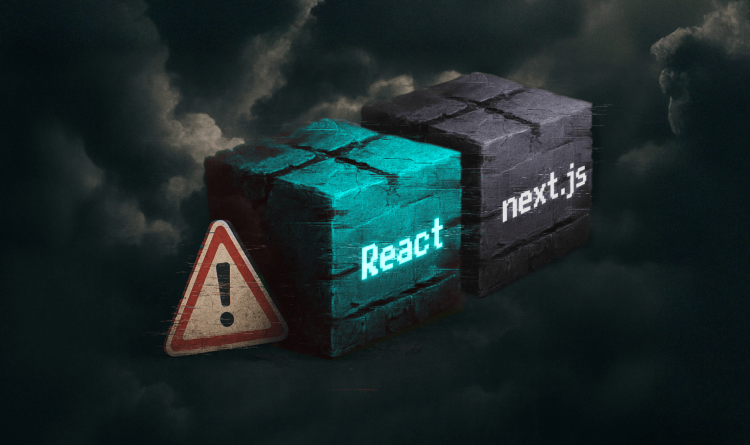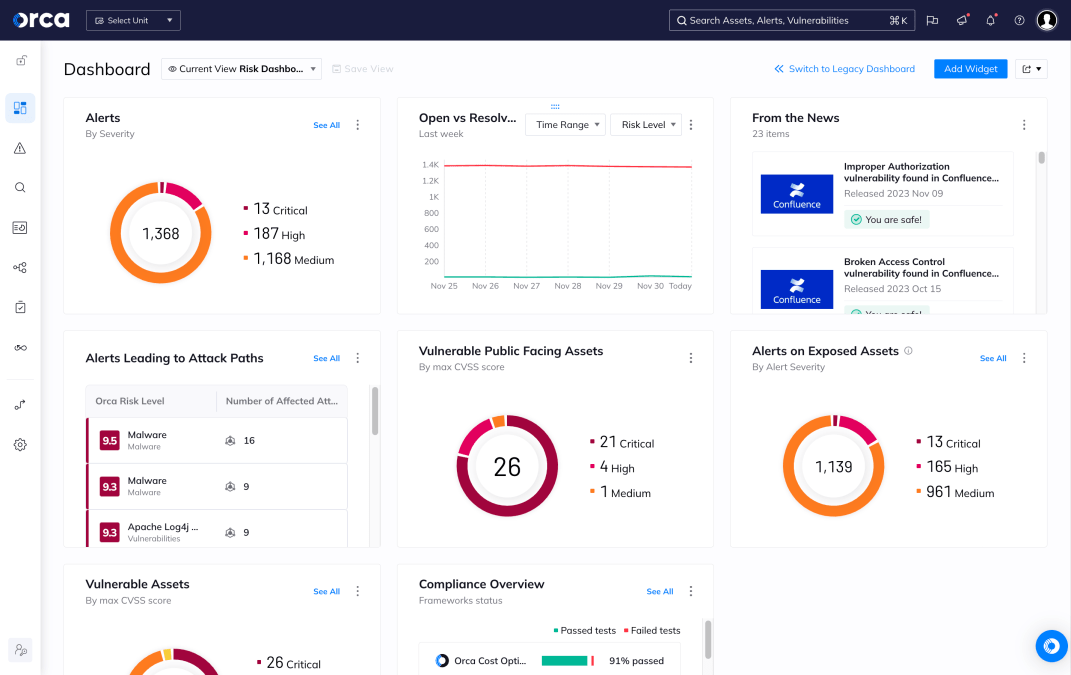Penetration testing is a simulated cyberattack conducted on a computer system, network, or application to identify and evaluate security vulnerabilities. Also known as “pen testing” or “ethical hacking,” this process is performed by authorized professionals who mimic the tactics, techniques, and procedures (TTPs) used by malicious actors to breach security defenses. In cloud security, penetration testing has expanded to cover not only traditional systems but also cloud-native elements such as virtual machines, containers, serverless functions, and APIs across hybrid and multi-cloud environments.
Why is it important?
Penetration testing is vital because it reveals how well an organization’s defenses perform under real-world attack conditions. Unlike automated scanners that flag potential issues, pen tests validate actual exploitability by demonstrating how different vulnerabilities can be chained together to achieve compromise. This helps teams better understand true risk exposure and prioritize remediation efforts accordingly.
Penetration testing has gained importance in modern cloud contexts due to:
- Increased attack surface: Cloud migration introduces dynamic and distributed architectures with more entry points.
- Complex configurations: Misconfigured identity, storage, or networking policies in the cloud often go undetected until tested manually.
- Regulatory pressure: Frameworks like PCI DSS, HIPAA, and SOC 2 require periodic penetration testing to validate security effectiveness.
- Trust and accountability: Demonstrating that cloud environments can withstand attacks builds trust with customers, partners, and regulators.
NIST Special Publication 800-115 outlines the role of penetration testing in a layered defense strategy, describing it as essential for validating security controls and identifying weaknesses that scanners may miss.
How does it work?
Penetration testing follows a structured methodology:
- Reconnaissance: Gathering information about the target environment through passive techniques (e.g., WHOIS, DNS lookups) and active scanning.
- Scanning and Enumeration: Identifying live hosts, open ports, services, and potential vulnerabilities.
- Exploitation: Attempting to leverage discovered weaknesses to gain unauthorized access or escalate privileges.
- Post-exploitation: Assessing what an attacker could do after gaining access, such as data exfiltration, lateral movement, or persistence.
- Reporting and Analysis: Documenting findings, impact assessments, and recommended remediations.
In cloud environments, pen testers may examine:
- IAM roles and policies for privilege escalation vectors
- Misconfigured S3 buckets or public cloud storage
- Overly permissive security group/firewall rules
- Container escape risks and misconfigured orchestration tools (e.g., Kubernetes, RBAC)
- Serverless functions with exposed APIs or excessive permissions
Testers often use both manual techniques and automated tools like Metasploit, Burp Suite, and cloud-specific frameworks to identify complex attack paths that automated scans might overlook.
Security risks and challenges
Penetration testing in cloud environments involves several unique challenges:
- Cloud service provider (CSP) restrictions: Most CSPs require advance approval for penetration testing to prevent service disruptions or violations of terms.
- Shared responsibility model: Customers are responsible for securing their applications and configurations, while providers secure the infrastructure. This can create gaps in testing scope.
- Dynamic infrastructure: Auto-scaling, serverless computing, and containerization mean environments constantly change, making static testing approaches inadequate.
- Testing ephemeral resources: Temporary workloads may be gone before testing completes, leaving potential vulnerabilities unexamined.
- Blind spots in complex architectures: Microservices, APIs, and multi-cloud deployments introduce risks that traditional pen testing tools may not effectively analyze.
According to CISA’s Cloud Security Technical Reference Architecture, configuration drift and overly broad access permissions are common yet difficult to identify without targeted testing.
Best practices and mitigation strategies
To maximize the effectiveness of penetration testing, organizations should:
- Define clear scope and rules of engagement: Specify what systems can be tested, when, and with what tools. Coordinate with CSPs to avoid violations.
- Conduct both internal and external testing: Simulate insider threats and evaluate perimeter defenses.
- Prioritize critical assets: Focus efforts on systems handling sensitive data or exposed to the internet.
- Incorporate testing into DevSecOps: Align penetration testing with release cycles and CI/CD pipelines to catch issues early.
- Blend manual and automated testing: Use tools for breadth and human experts for depth and contextual understanding.
- Document findings thoroughly: Provide remediation recommendations and retest after fixes to validate effectiveness.
- Perform regular testing: Reassess security posture periodically and after significant architectural changes.
Additionally, integrating findings into threat modeling exercises helps organizations understand the real-world consequences of vulnerabilities in the context of their business workflows.
How Orca Security helps
The Orca Cloud Security Platform augments penetration testing initiatives for multi-cloud environments spanning AWS, Google Cloud, Azure, and more. It offers:
- Full visibility: Discovers and inventories all cloud resources across your entire estate
- Risk prioritization: Detects risks, analyzes them holistically, and prioritizes them effectively to ensure teams can focus on the issues that matter most
- Fast and easy remediation: Accelerates remediation across the application lifecycle with AI-driven and assisted options that provide fixes and instructions on demand
- Unified security: Delivers comprehensive security intelligence and capabilities to the different tools and workflows your various teams use
Orca complements manual penetration testing by providing always-on visibility and context that traditional pen tests might lack. This leads to better-prepared security teams and more efficient, effective remediation.



